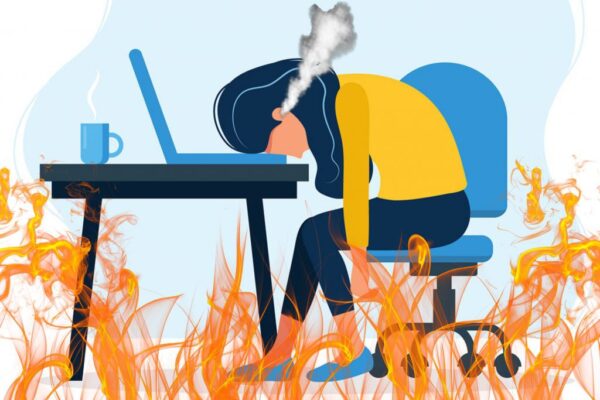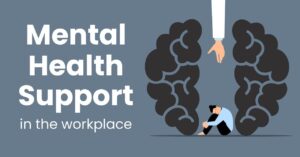The Consequences of Burnout: A Growing Concern in Modern Workplaces
Burnout, a state of emotional, mental, and physical exhaustion caused by prolonged stress, has become an increasingly prevalent issue in modern workplaces. This phenomenon, first identified by the American Psychological Association (APA) in the 1970s, has been linked to a range of negative consequences, including decreased productivity, reduced job satisfaction, and compromised overall well-being.
Defining Burnout
Burnout is characterized by three primary dimensions: emotional exhaustion, cynicism, and reduced performance. Emotional exhaustion refers to feelings of being drained or depleted, often accompanied by a sense of hopelessness or despair. Cynicism manifests as a detachment from work-related activities, a lack of motivation, and a sense of disillusionment. Reduced performance is evident in the decline of job performance and the inability to meet deadlines.
Causes and Consequences of Burnout
Several factors contribute to the development of burnout, including:
- Workload and work-life imbalance: Excessive workload, inadequate breaks, and blurred boundaries between work and personal life can lead to burnout.
- Lack of control and autonomy: Feeling micromanaged or powerless can erode motivation and lead to burnout.
- Poor work environment: Unsupportive or toxic work environments can exacerbate burnout.
- Personal factors: Chronic stress, lack of social support, and health issues can also contribute to burnout.
The consequences of burnout are far-reaching and can have devastating effects on both individuals and organizations. Burnout has been linked to:
- Decreased job satisfaction: Burnout can lead to a decline in job satisfaction, resulting in turnover and decreased morale.
- Reduced productivity: Burnout can impede performance, leading to decreased productivity and efficiency.
- Mental and physical health issues: Burnout can increase the risk of depression, anxiety, cardiovascular disease, and other health problems.
- Increased absenteeism and presenteeism: Burnout can lead to increased absenteeism (missing work due to illness or other reasons) and presenteeism (being present at work but not fully engaged).
Prevention and Intervention Strategies
To mitigate the risks associated with burnout, it is essential to implement effective prevention and intervention strategies. These may include:
- Work-life balance initiatives: Encouraging flexible working arrangements, providing employee wellness programs, and promoting self-care practices.
- Managerial training: Educating managers on recognizing signs of burnout, providing feedback and coaching, and promoting a supportive work environment.
- Employee recognition and rewards: Acknowledging and rewarding employees’ contributions can boost morale and motivation.
- Wellness programs: Implementing employee wellness programs that promote physical activity, stress management, and mental health support.
In conclusion,
burnout is a pervasive issue that requires immediate attention from both employers and employees. By understanding the causes and consequences of burnout, we can take proactive steps to prevent its onset and promote a healthier, more productive work environment.
References:
Emotional Labor and Burnout: A Review of the Literature – PMC (nih.gov)
Employers need to focus on workplace burnout: Here’s why (apa.org)
Websites:
Britmed Healthcare: https://britmedhealthcare.co.uk/
Nightingale Hospital: https://www.nightingalehospital.co.uk/
Top Doctors: https://www.topdoctors.co.uk/doctor/ahmed-el-missiry
You can also book, Contact us on WhatsApp 0800970801




